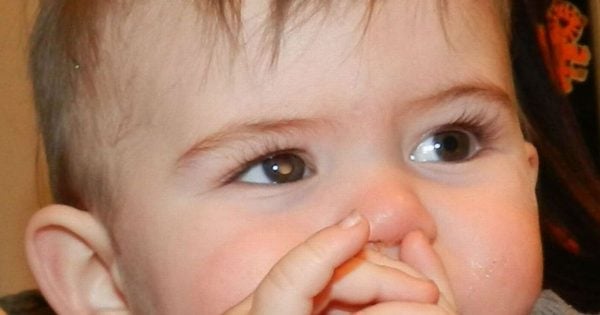The thought that your child may one day be diagnosed with a life-threatening illness is terrifying; but when it comes to cancer it’s important to know the facts.
Rates of childhood cancer in Australia are, thankfully, very low. While the gut-wrenching stories we read online may make it feel like cancer is everywhere, according to Professor Jon Emery, the Medical Advisor for Cancer Council Australia, “there are only 500 children under 10 diagnosed with cancer every year” in our country. Given 130,470 new cases of cancer will be diagnosed in Australia this year, the rate of childhood cancers is comparably very slim.
The other comforting news is that thanks to improvements in treatment, of the children who are diagnosed every year, 85 per cent have an outlook of long-term survival.
If you’re a worried parent, know that the symptoms Professor Emery lists below are not uncommon; and often have a far less serious explanation than cancer. With this in mind, parents should be looking for the duration and severity of their child’s symptoms – if they creep up slowly and are persistent for longer than a week or two, Professor Emery advises you take your child to a GP.
These are the red flags to look out for. If your child experiences these for a prolonged period, please consult a healthcare professional.
Bruising and bleeding






























































































